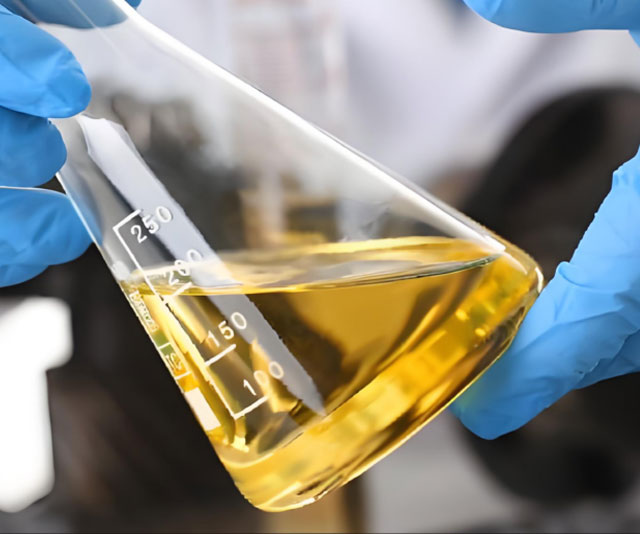The liquid alternative fuel system mainly includes biodiesel, fuel ethanol, light hydrocarbon liquid fuel, and methanol.
Biodiesel is a type of fatty acid methyl ester produced from sustainably produced vegetable oils (such as soybean oil, rapeseed oil) or animal fats, commonly known as biodiesel. It converts solar energy into dynamic energy through photosynthesis in plants, which is used for diesel engine transportation vehicles. Biodiesel is renewable and biodegradable. Compared with petroleum based fuels, the latter is non renewable and biodegradable, and contains carcinogenic and toxic components.
Fuel ethanol is made from raw materials such as corn, wheat, potatoes, molasses, or plants through fermentation and distillation. It can be added to gasoline as a quality improver, forming what is known as' ethanol gasoline '. Fuel ethanol is not ordinary alcohol, but its processed product. Ethanol gasoline for cars is a new type of blended fuel formed by adding a certain proportion of denatured fuel ethanol to gasoline.
Light hydrocarbon liquid fuel is a clean and inexpensive new type of liquid fuel, which is a byproduct of the petrochemical industry. As a fuel that can replace coal and oil, it has strategic significance for China's environmental protection and sustainable energy development. Light hydrocarbons are hydrocarbons located between liquefied petroleum gas and gasoline, namely C5 and C6, which are liquid substances. Both domestically and internationally, this component is used as a raw material for gas production and can be comparable to natural gas and liquefied petroleum gas.
Methanol, as a liquid alternative fuel for vehicles, has a lower hazard index than gasoline. In our country, coal production is mainly used as a very basic bulk chemical raw material. The molecular formula of methanol is CH-O, which is a liquid under normal temperature and pressure conditions. In chemistry, methanol and ethanol are both alcohols with very similar chemical properties, and have similar toxicity mechanisms and mild hazard levels to living organisms. Moreover, the hazard index of methanol is lower than that of gasoline.
The development and application of these liquid alternative fuel technologies are of great significance for improving energy security, alleviating oil import pressure, promoting environmental protection, and sustainable energy development.




